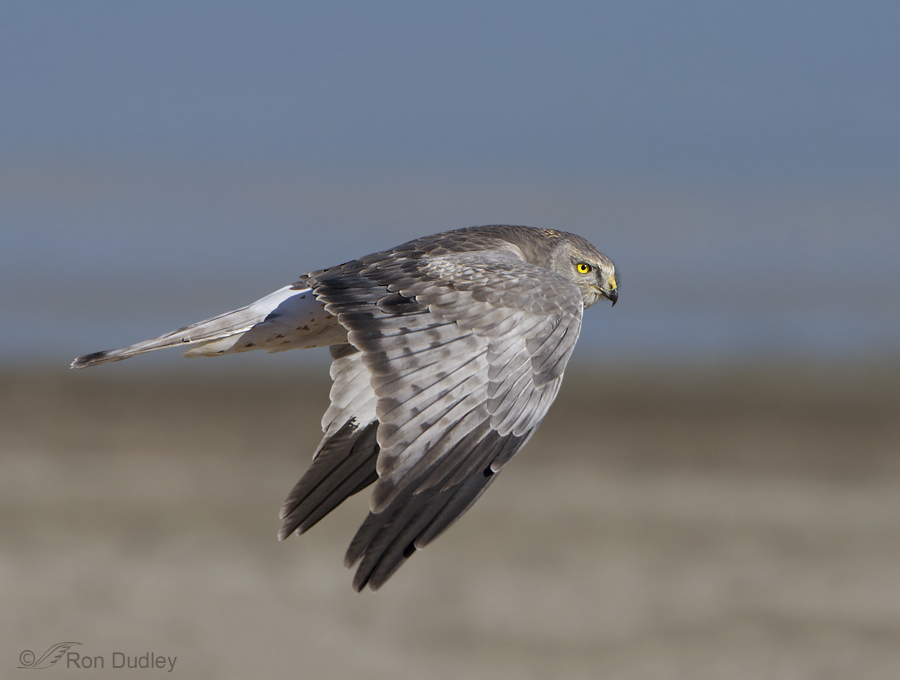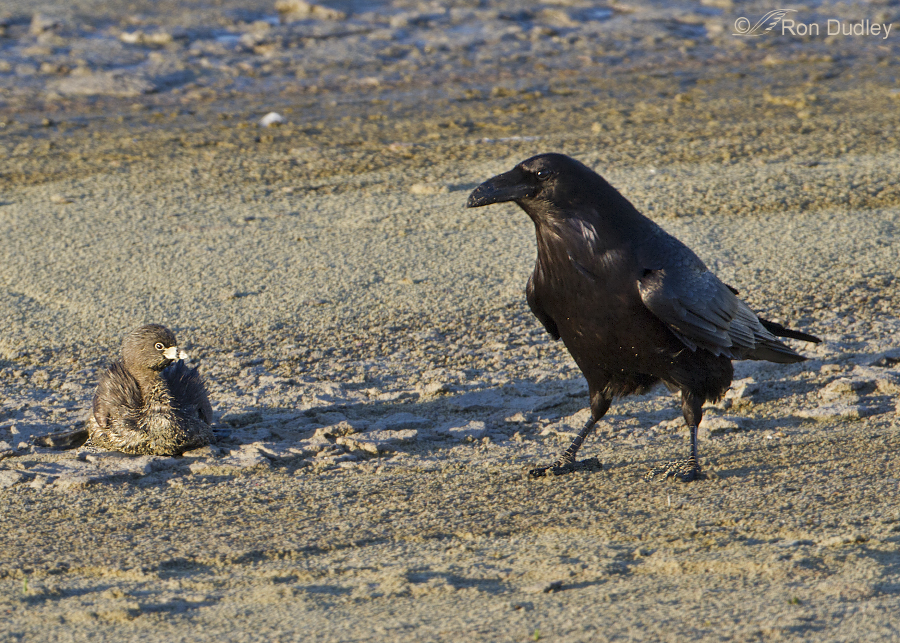Male Harrier Cruising The Causeway

I have a strong affinity for Northern Harriers ( a little secret that’s difficult to conceal, given the vanity plates on my pickup). And though I love to photograph either sex there’s just something about the adult males that has a special appeal for me. Part of that attraction is probably the relative rarity of the adult male colors since the juvenile colors of both sexes resemble that of the female.
The males are called the “gray ghost” for good reason.


